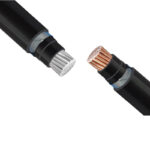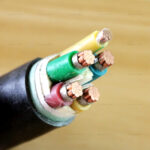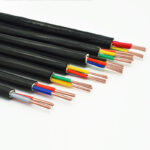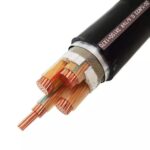Cable Outer Sheath Types
The selection of cable sheath should meet the following requirements: 1 For AC system single-core power cables, when it is necessary to increase the resistance of the cable to external forces, non-magnetic metal armor layers should be used, and steel armor without non-magnetic effect treatment should not be used. 2 For cables in humid, chemically … Read more




